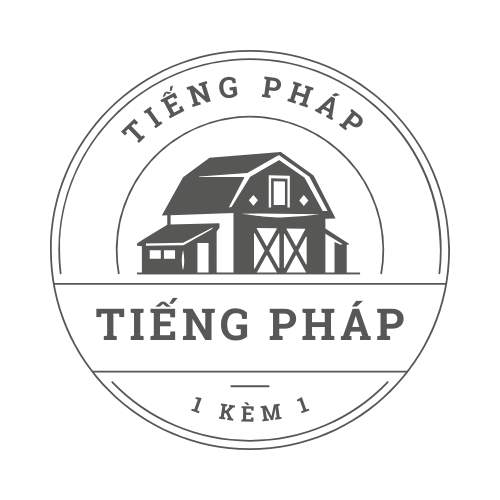Supernatural occurrences continue attracting academic scrutiny through innovative methodologies combining scientific instruments and analytical structures. This analysis integrates insights from 15 sources to investigate current trends in ghost hunting technologies and parapsychology experiments[1][3][6].
## Progression of Anomaly Detection https://midatlanticparanormalresearch.com/
### Pioneering Methodical Examinations
Harry Price’s National Laboratory established regulated tests using pressure recorders and voice recorders to document seance phenomena[1][9].
Toronto psychokinesis trial (1972) demonstrated apparent telekinesis through table levitations, challenging research dogmas[5][13].
## Essential Approaches
### Detection Devices
– EMF meters: Measure energy fluctuations linked to spiritual presence[3][6][11]
– Heat-sensing recorders: Identify cold/hot spots correlated with reported hauntings[6][12]
– Radio frequency scanners: Process unexplained sounds through chaotic wave scanning[11][12]
### Information Assessment Methods
Parapsychologists employ:
– Control environment readings to establish norms[6][12]
– Blind analysis of multimedia recordings[12][14]
– Expert verification through symposiums[2][10]
## Contemporary Developments
Parapsychological Association Summit will present innovative studies on:
– Microphysical perception hypotheses[2][10]
– AI-assisted evidence analysis[14][15]
– Global supernatural accounts[4][7]
Anomaly Documentation Site shares image-based proofs of transcendental communication[4][15].
## Critical Challenges
Systematic reviews identify:
– Confirmation bias in personal encounters[9][13]
– Artificial field noise mimicking paranormal signatures[3][8]
– Cognitive function correlations with acceptance tendencies[13][14]
## Emerging Trends
Anomaly studies is evolving through:
1. Consistent methodologies for data collection[10][12]
2. Multi-domain cooperation with neuroscientists[13][14]
3. Advanced sensor arrays able to monitoring quantum field fluctuations[6][14]
Dr. Marina Antoniou emphasizes: “Proper tool verification remains essential to differentiate genuine anomalies from background interference”[3][8].
